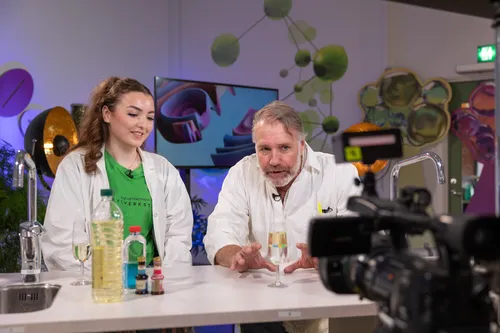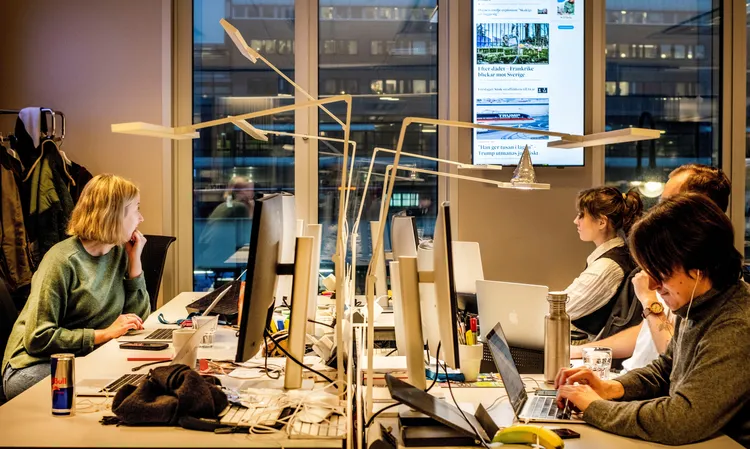Science Festival - Livelab 2025


Why do some events become news and not others? This seemingly simple question is the basis of the research project Back to the News Desk - news evaluation in the online newsroom funded by The Hamrin Foundation in 2025.
The issue of news valuation is not new. There are extensive studies on how news rating works and not least what becomes news. But studies that follow news work on the ground, that study how selection, processing and presentation on different platforms take place in practice, are rarer. In addition, many of these studies are quite old, having been conducted when print and broadcast media at fixed times were at the heart of the news process. We live in a different time now. So the question is how does news rating work in newsrooms where the focus is almost entirely on digital channels. The Back to the News Desk research project has the process of change from analog to digital at its core. Not least because it is a follow-up to an earlier project - At the News Desk - where fieldwork was carried out in the winter of 2007. A time when social media was only in its infancy.
Researchers Bengt Johansson (Professor at JMG) and Emil Östlund (Lecturer in Journalism at JMG) will conduct participatory observations at a number of the country's largest newsrooms during the year to follow the work on site. How are different events evaluated? How does the news of an event change during the news day? What news is published on which platforms? Do people choose different news on social media compared to print? These are some of the questions that will be answered.
Bengt Johansson says: “17 years ago, the web editorial team sat in a corner and shouted "do you have anything webworthy" It looks completely different in today's newsrooms and it will be exciting to see what has changed and what is stable in journalists' way of thinking about news.
Through participant observation, i.e. sitting in on meetings, studying news work on site and conducting interviews with editors and journalists about how the reasoning goes about the news value of different events, the project will provide answers to how news work has changed from the mid-2000s to the mid-20th century. The focus is on how news valuation and news work is actually done. What is chosen? What is rejected? Why does something become news in a digital media world?

